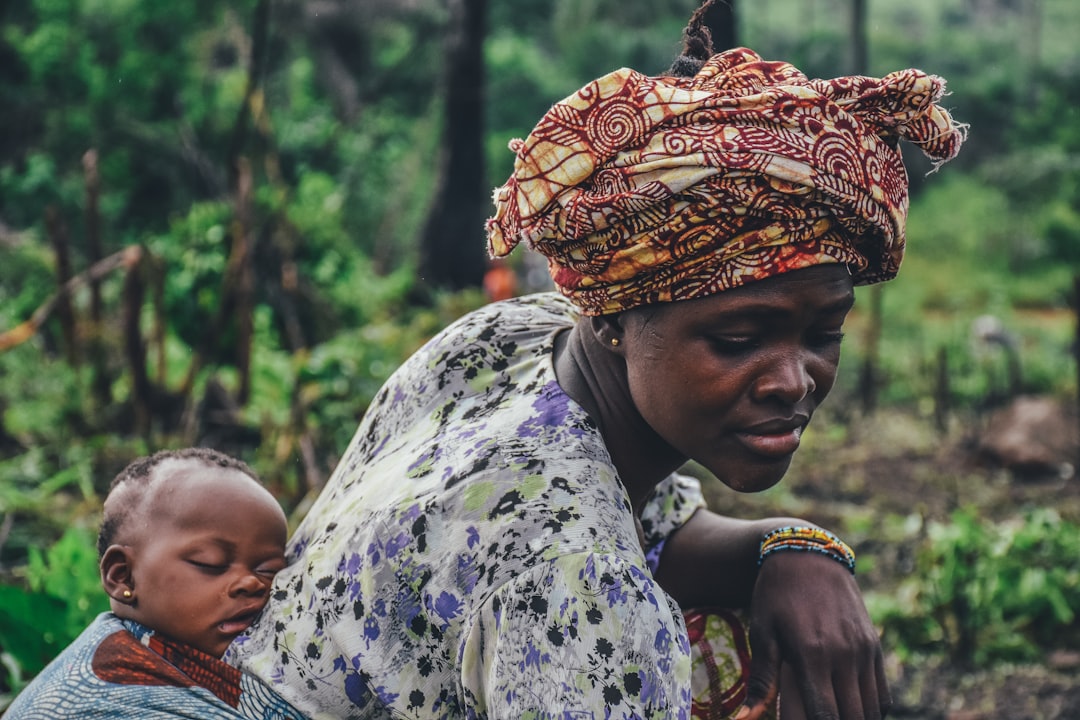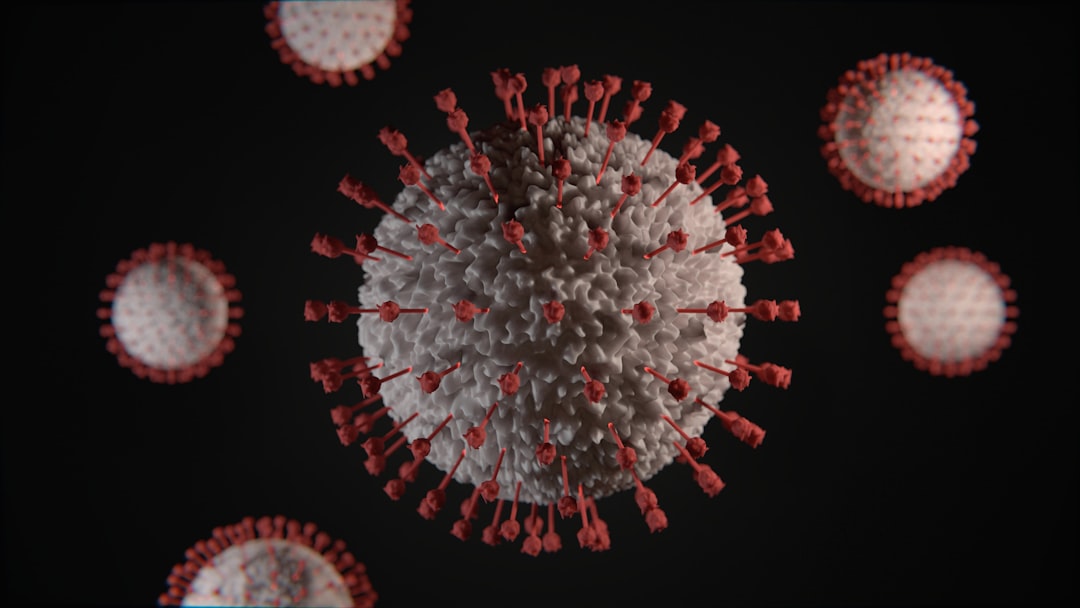What is it about?
During the early stages of A/NWS/33 human influenza virus infection, no appreciable association between incoming virions and cortical actin was detectable in the permissive MDCK model by confocal microscopy, while extensive colocalization and a slower infection progression were observed in LLC-MK2 cells. In the latter model, we also demonstrated the inability of the virus to carry out multiple replication cycles. Treatment with the actin-depolymerizing agent cytochalasin D significantly increased the infection efficiency in LLC-MK2 cells, while a detrimental effect was observed in the MDCK cell line.
Featured Image
Why is it important?
Our data suggest a host-dependent role of the actin network in inducing a restriction to influenza virus replication.
Perspectives
The cell cytoskeleton may represent a restriction factor to influenza virus replication, depending from the cell model. Further studies are necessary to dissect the intimate mechanisms of the relationship occurring between influenza virus and the cell cytoskeleton.
Dr. Flora De Conto
Universita degli Studi di Parma
Read the Original
This page is a summary of: Host-cell-dependent role of actin cytoskeleton during the replication of a human strain of influenza A virus, Archives of Virology, May 2008, Springer Science + Business Media,
DOI: 10.1007/s00705-008-0103-0.
You can read the full text:
Contributors
The following have contributed to this page










